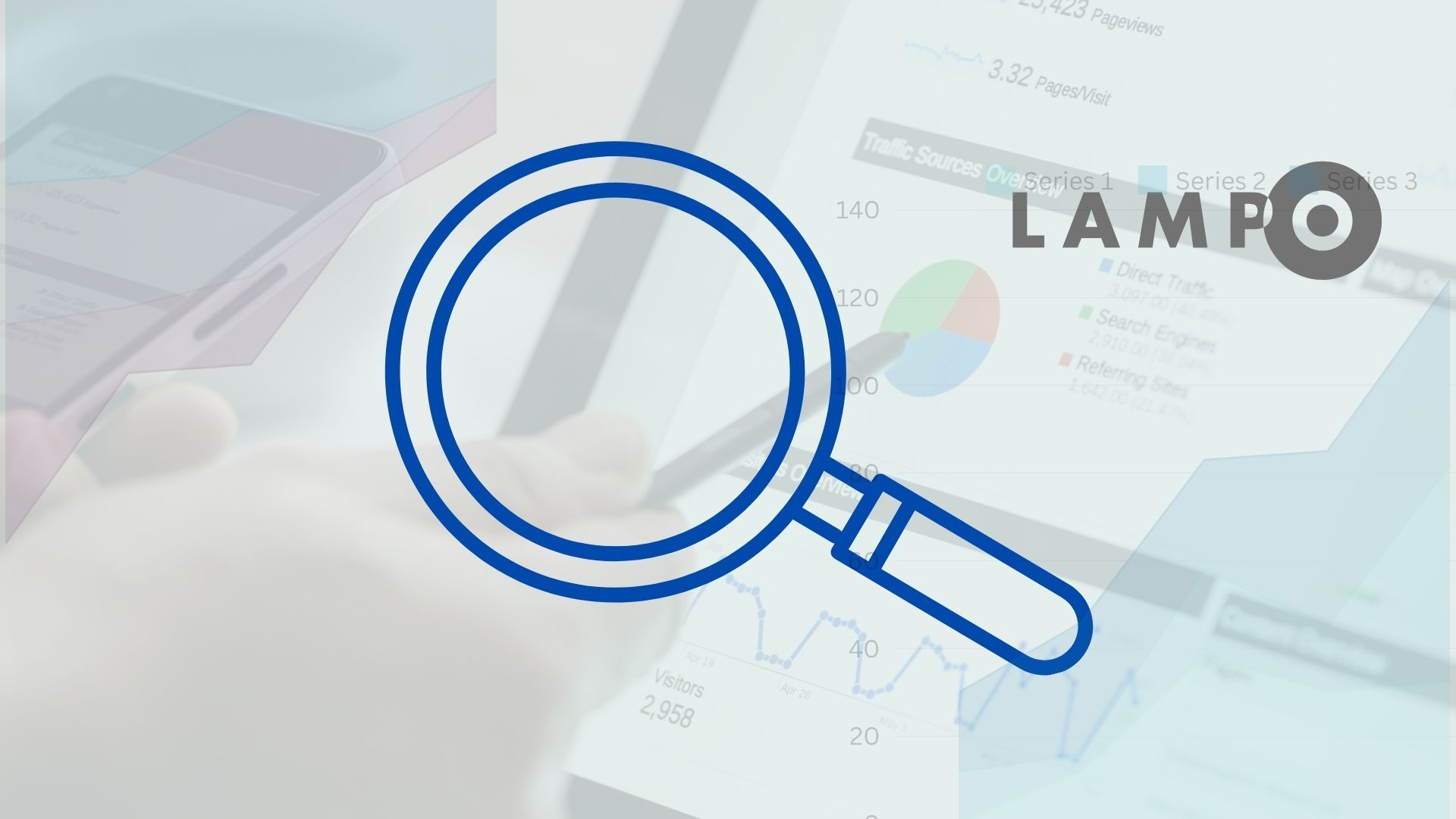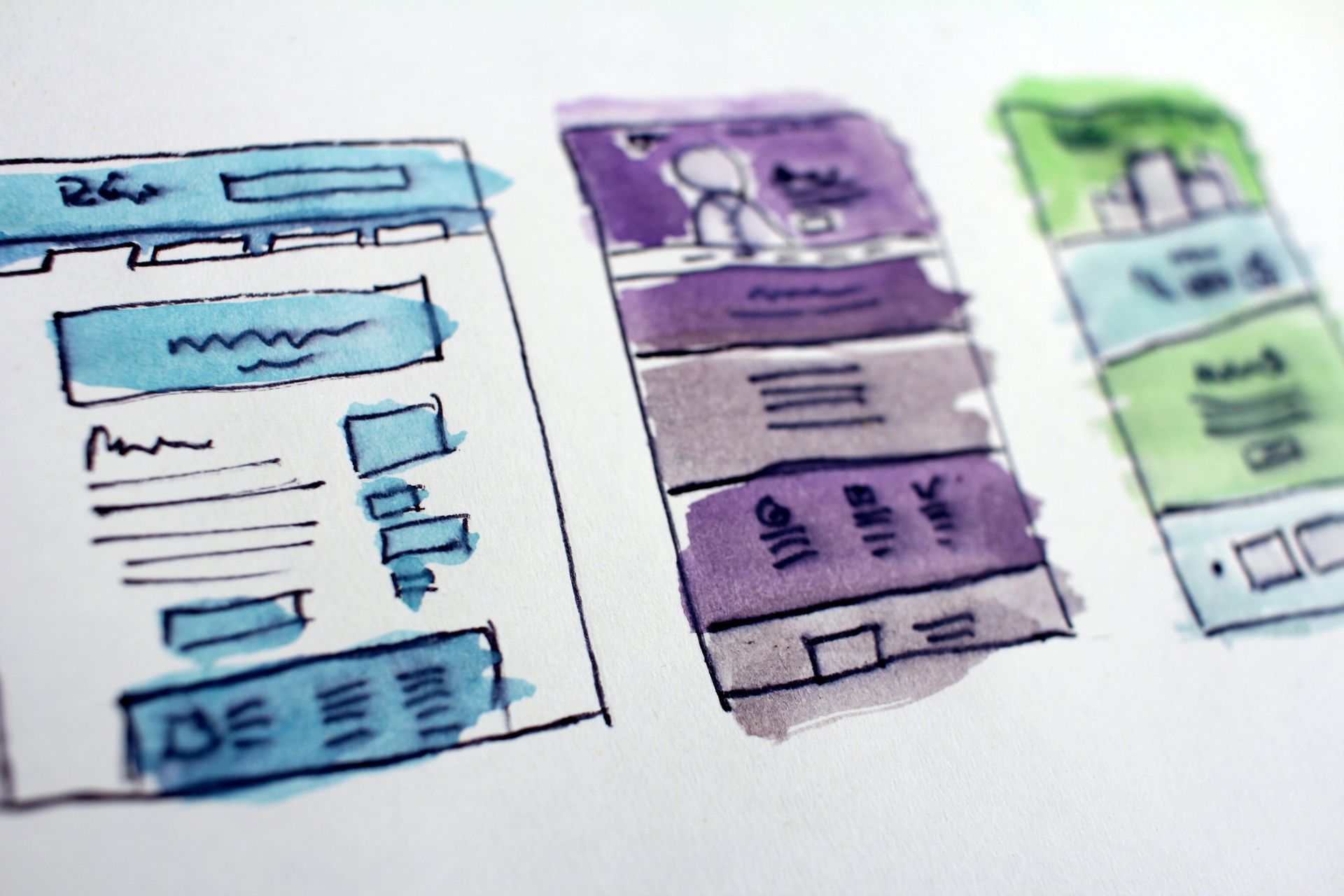What Are Internal Links And Why Should You Use Them?
Internal Link Basics
The long and short of this quick article is to convince you to use internal linking to aid in your on-page SEO efforts. But before we get to that, let's quickly cover some basics such as what are internal links? Internal links are when you connect by means of a hyperlink one page to another page on the same domain, as opposed to external linking when you are connecting pages from different domains.
Internal linking example:
website1.com/great-article 🔗 website1.com/another-great-article
External linking example:
website1.com/great-article 🔗 website2.com/interesting-article
Anchor Text Basics
Now that we know what internal links are, there is one other point I should mention before we cover all the reasons that you should be using internal links: anchor text. Anchor text is the text that is clickable when you click on a link. Use brief, descriptive anchor text for clickable links to provide clarity for both your audience and search engines about the content they will access upon clicking. So what is descriptive anchor text?
Good anchor text:
- Descriptive and Specific: "Learn more about sustainable gardening practices" - This anchor text is informative and directly related to the linked content, providing clear expectations for the reader.
- Keyword-Rich: "Ultimate guide to digital marketing strategies" - Incorporates relevant keywords that help improve SEO and makes it clear what the content is about.
- Brief and Contextual: "Download our free SEO checklist" - Concise, gives context, and tells the reader exactly what they will get by clicking the link.
Bad anchor text:
- Generic: "Click here" - This does not provide any information about what the reader will find on the other side of the link.
- Overly Long and Cluttered: "Click on this link to find out more about our very detailed and comprehensive report on the latest digital marketing strategies" - Too lengthy and can overwhelm readers, diluting the focus and keyword strength.
- Irrelevant or Misleading: "Free iPhone giveaway" when the link leads to a sign-up page for a newsletter with no mention of a giveaway - This can frustrate users and damage trust and credibility.
Why You Should Use Internal Links
Enhances user experience (UX):
Internal links guide users through your website, making it easier for them to navigate and find related content. This improved navigability increases the time users spend on your site, which can signal to search engines that your website is providing valuable content.
Boosts page authority:
When you link to another page on your website, you pass along what's known as "link equity" or "link juice." This is a search ranking factor that can help improve the authority of the linked page. Essentially, if a page receives links from other pages, search engines interpret this as a signal that the content is valuable and relevant, potentially improving its ranking in search results.
Improves site architecture and crawling:
Internal links help search engines discover new pages on your website. By providing clear paths through your site, you make it easier for search engine crawlers to index your content. A well-structured website with internal links can ensure that search engines can efficiently crawl and index more of your pages, which is crucial for visibility in search results.
Distributes page authority throughout the site:
By strategically using internal links, you can distribute authority to pages that might not naturally acquire as many external links. This can be particularly beneficial for deep content pages that are important for your business but might not attract links on their own.
Supports Keyword Targeting Strategy:
Using relevant anchor text in your internal links can help reinforce the keyword strategy for your pages. This doesn't mean stuffing your links with keywords, but rather using descriptive text that helps search engines and users understand what the linked page is about. This can aid in improving the relevance of your pages for specific queries.
Reduces bounce rates:
Bounce rate is a metric that measures the percentage of visitors to a website who navigate away from the site after viewing only one page, without taking any action such as clicking on a link, filling out a form, or making a purchase. It is a significant indicator of the effectiveness of a website in retaining visitors and the quality of the visitor experience. By offering readers additional relevant content through internal links, you can reduce the likelihood of them leaving your site after reading just one page. Keeping users engaged and on your site longer through internal navigation can signal to search engines that your site is providing a good user experience.
Enhances page visibility for long-tail searches:
Internal linking can also help pages rank for long-tail search queries. Pages that might not stand a chance to rank for highly competitive keywords can find their niche through more specific, less competitive queries, thanks to the context provided by internal links.
In summary, internal linking is not just an SEO tactic; it's a comprehensive strategy that benefits both your website's user experience and its performance in search engine results. By thoughtfully implementing internal links, you're essentially weaving a network within your site that can lead to improved user engagement, better site structure, and ultimately, higher rankings in search engine results. And this multifaceted approach to SEO can significantly contribute to your site's overall success online.
I get it though, embarking on the journey of improving your website's SEO can often feel like navigating through a maze, but it doesn't have to be. Internal linking is a straightforward yet powerful tool that can make a significant difference in how search engines and users perceive your site. It's more than just a tactic; it's about creating a better experience for everyone who visits your website. By thoughtfully implementing internal links, you're not just aiming for higher rankings—you're building a more navigable, informative, and cohesive space for your audience. If you're ready to take your website to the next level and genuinely enhance the way users interact with your content, then it's time to dive into the world of internal linking. Let's make your website a collection of pages that benefits both your visitors and you.






